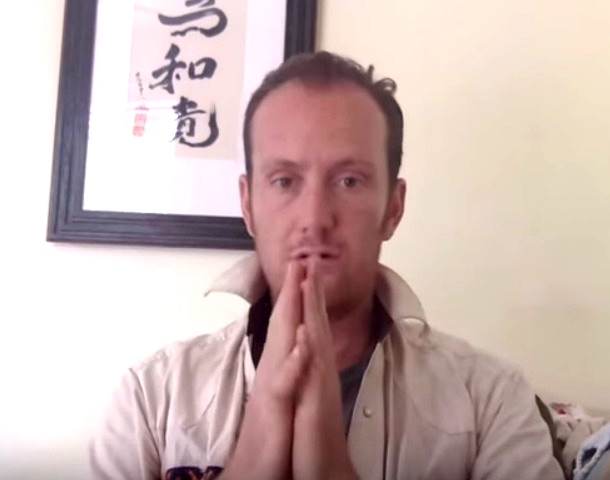It's fascinating research, from December 1934! They were doing amazing things back then. I ran the article on pubmed to see citations. Phew! Enough there to write various theses. Materialists trying to research consciousness are seemingly having some fun with the subject.I found an article that explains almost everything that C's said about psychomantium. And the explanations are just remarkable.
This might be of interest:
Effect of frequency and rhythmicity on flicker light-induced hallucinatory phenomena
Effect of frequency and rhythmicity on flicker light-induced hallucinatory phenomena
Flicker light stimulation (FLS) uses stroboscopic light on closed eyes to induce transient visual hallucinatory phenomena, such as the perception of geometric patterns, motion, and colours. It remains an open question where the neural correlates of these hallucinatory experiences emerge along...
This "vision center" is fascinating.






